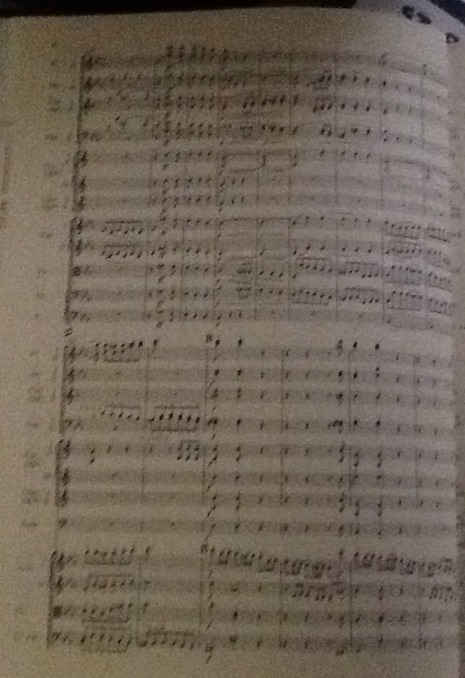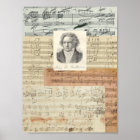



for piano and orchestraį-Pc (in: Pn), Ms 79 ġ) D-B, Mus. Limited, ca 1989 Laaber, Laaber-Verlag 2011 ĭ-B, Mus. Piazza, 1927, Tokio, Ongaku no Tomo Edition, 1972 Melbourne, Allans Publishing Pty. US-Wc, The Gertrude Clarke Whittall Foundation Collection, f.1r-12vġ) A-Wgm, A 11, f. 1 for Violin & Orchestra in Gġ) PL-Kj, Mus. Trio for Piano, Clarinet or Violin, & Cello in E flat from Septet, Op. Septet for Clarinet, Bassoon, Horn, Violin, Viola, Cello, Bass in E flat Johnson/Fischhof 3) Kerman/Kafka 4) Online 5) Online 6) Online 7) Online Beethoven 13 6) D-BNba, Bodmer Collection, HCB Mh 4 7) D-BNba, Bodmer Collection, HCB Mh 13 ġ) 2) 3) 1793 4) 5) 6) 7) ġ) wide 10 st. Quintet for Piano, Oboe, Clarinet, Horn & Bassoon in E flatġ) D-B, Mus. "It's most important really that these things don't disappear in somebody's private collection in a vault or somewhere where nobody can see them or touch them anymore," he said.“Gassenhauer” Trio for Piano, Clarinet or Violin, & Cello in B flat Hinrich Alpers argues that the location is inconsequential as long as the manuscripts are visible. Many Poles including musicologists, historians and politicians reacted with dismay. The Polish government returned several manuscripts to East Germany in 1977 as a gesture of goodwill between the two then communist states. Warsaw says it lost half a million works of art during the war that today would be worth around $20 billion (15 billion euros). Germany has for years called for the return of the manuscripts, but Poland argues it has legal ownership and points to its own losses. They were subsequently transferred to Jagellonian University in Krakow. They were moved to a Benedictine monastery in Silesia, which after the war became part of Poland. Their manuscripts on show in Krakow were originally stored in the Prussian State Library in Berlin but the Nazis removed them during the Second World War to protect them from Allied bombing. The composers' distinct working styles build on a view also reflected in their appearances: Mozart always pictured with a perfect wig and Beethoven shown with a mad mop of hair. He even ripped the paper and had to glue in a new page," he told AFP. "He was very, very upset and the way he crossed out things was very fierce and brutal sometimes. "You can really see that Beethoven was human and he did really, really suffer when he did not find the right idea again or when he changed his mind or he made a mistake," said German pianist Hinrich Alpers, who performed at this year's Beethoven festival. This year's collection of several dozen works by various composers, on display until April 22, includes a sketch for Beethoven's 9th symphony and the original handwritten score of Mozart's Piano Concerto No. Krakow's Jagiellonian Library picks out a different selection of musical works from its vaults to display each year alongside evening concerts performed during the annual Beethoven Easter festival. And that passion is reflected in his symphonies and music," he told AFP. "His manuscripts were messy, there are crossed out sections, corrections. Beethoven on the other hand, that's another story," said Zdzislaw Pietrzyk, director of the library organising the show. The personalities of the deaf German legend and the Austrian child prodigy come alive through a collection of their musical manuscripts now on show in Poland's southern city of Krakow. Beethoven and Mozart may be two of the greatest composers of all time but they could not have arrived at the same point by means more different. One wrote neatly and methodically, the other crossed things out and tore pages up in frustration.


 0 kommentar(er)
0 kommentar(er)
